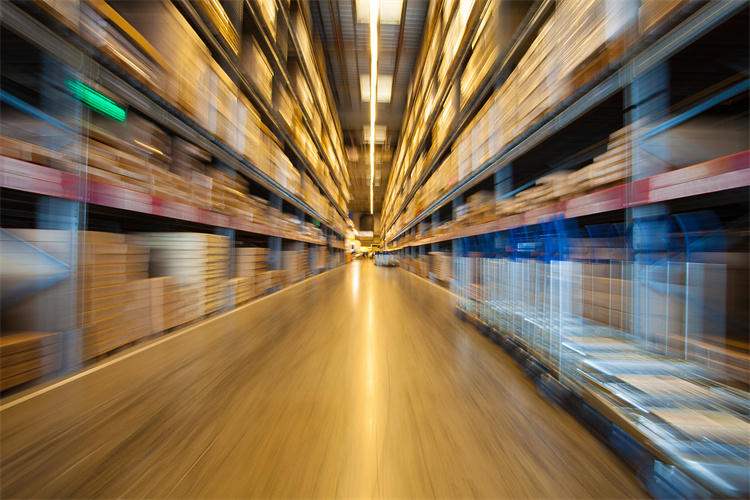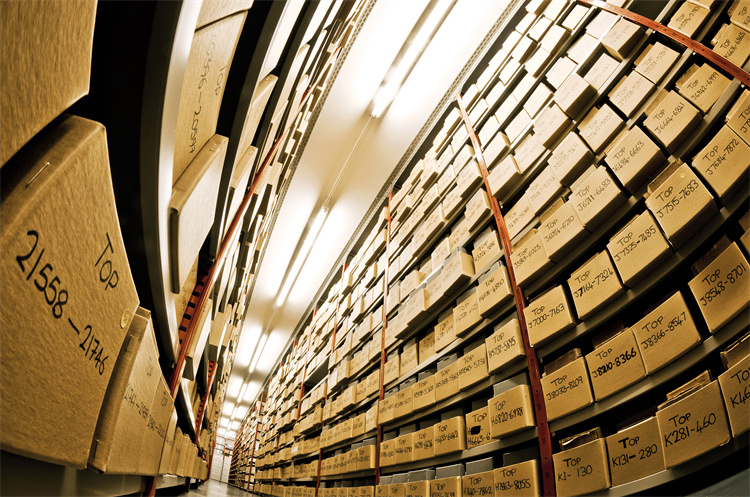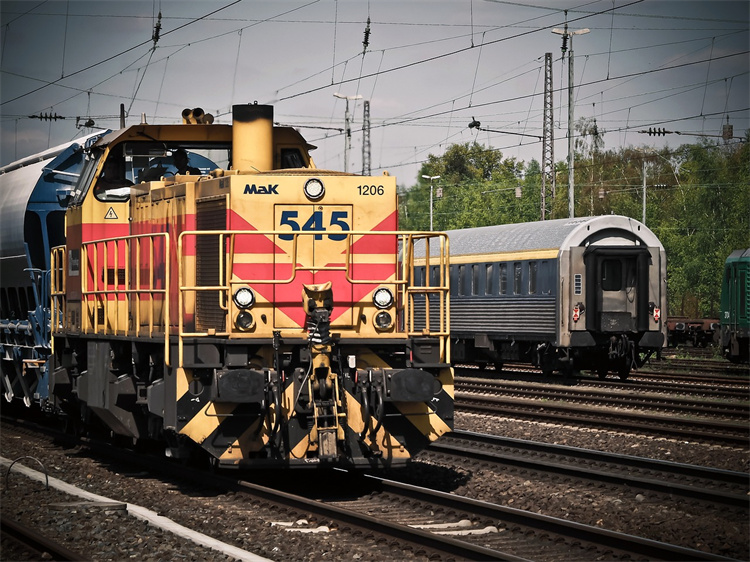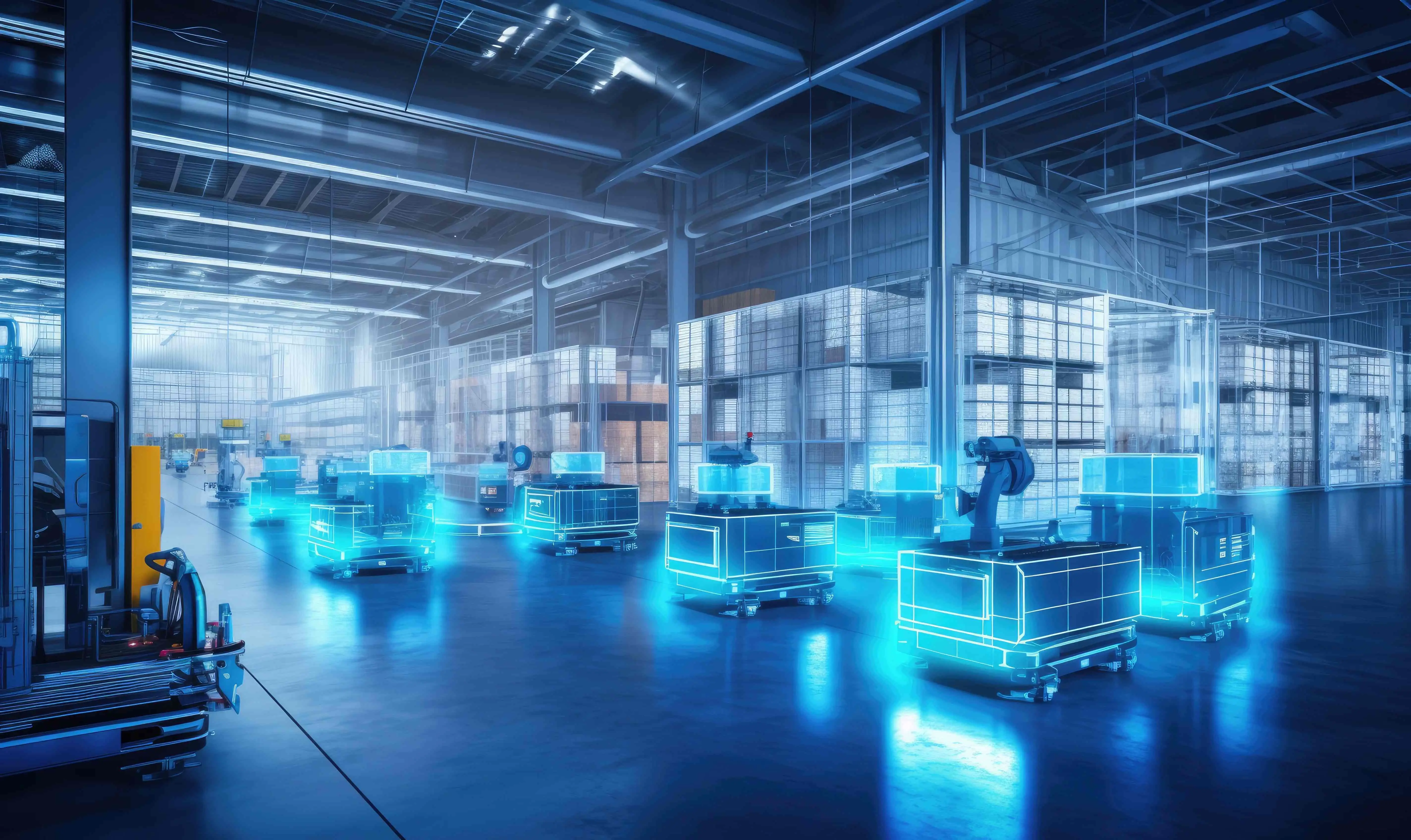Emerging Logistics Trends Shaping the Future of 2025

The logistics industry is evolving rapidly, driven by digital transformation, automation, and sustainability. You can expect a 15% surge in demand for logistics services due to e-commerce growth. With warehouse occupancy rates reaching 96% in 2024, the need for innovative logistics solutions has never been more critical. Staying ahead of logistics trends is essential.
Key Takeaways
Use new technology like AI, blockchain, and data tools to improve logistics.
Follow eco-friendly methods like cutting carbon and saving energy in transport.
Spend on smart machines and live tracking to work faster and meet customer needs.
Digital Transformation in Logistics Services
The logistics industry is undergoing a significant transformation, driven by the adoption of cutting-edge technologies. Digitalization is reshaping how businesses manage supply chains, optimize operations, and meet customer demands. Let’s explore how AI, blockchain, and predictive analytics are revolutionizing logistics.
AI and Machine Learning Revolutionizing Logistics
AI is at the forefront of logistics innovation, enabling smarter and more efficient operations. You can see its impact in various areas:
AI-driven freight management systems improve load optimization and carrier selection.
IoT integration allows real-time monitoring of vehicle health and environmental conditions.
AI-powered control towers provide visibility into inventory and shipment statuses.
Predictive models enhance demand forecasting and inventory management.
AI-driven route planning ensures efficient route planning and real-time tracking.
By 2025, machine learning will further streamline inventory management, warehouse automation, and route optimization. Companies adopting AI-driven supply chain optimization have already reduced logistics costs by 15% and improved inventory management by 35%. These advancements not only lower operational costs but also enhance customer satisfaction.
Blockchain for Supply Chain Transparency
Blockchain technology is transforming supply chain transparency by offering a secure and immutable record of transactions. Its benefits include:
Benefit | Description |
|---|---|
Improved Traceability | Real-time tracking of products fosters trust among stakeholders. |
Reduced Fraud | Immutable records minimize the risk of fraud. |
Improved Efficiency | Smart contracts streamline processes and reduce paperwork. |
Better Compliance with Regulations | Transparent data ensures adherence to regulatory requirements. |
Maintaining Ethical Standards | Companies can demonstrate ethical sourcing, influencing consumer decisions positively. |
Real-world applications include Walmart’s use of blockchain to trace food products and VeChain’s decentralized platform for logistics optimization. These examples highlight how blockchain enhances efficiency and trust in logistics operations.
Predictive Analytics for Smarter Decision-Making
Predictive analytics leverages historical data to enable data-driven decision making in logistics. It helps you forecast future needs by analyzing inventory levels and customer demand patterns. This reduces inefficiencies and optimizes resource management. Tools like IBM Watson Studio and Microsoft Azure ML simplify predictive modeling, making it accessible for businesses.
For example, companies use predictive analytics for demand forecasting and route optimization. By examining past shipping patterns, they predict efficient delivery paths, reducing costs and improving reliability. This approach ensures that logistics managers can make informed decisions, enhancing overall supply chain performance.
Digitalization, powered by AI, blockchain, and predictive analytics, represents one of the latest technological trends in logistics. By embracing these tools, you can stay ahead of industry trends and achieve unparalleled optimization in your operations.
Automation and Robotics in Logistics Industry Trends

Automation is transforming the logistics industry, making operations faster, safer, and more efficient. By 2025, advancements in robotics will redefine how you manage warehousing, delivery, and packaging processes.
Autonomous Mobile Robots (AMRs) in Warehousing
Autonomous Mobile Robots (AMRs) are revolutionizing warehouse operations. These robots use sensors, cameras, and onboard intelligence to navigate warehouses independently. Unlike traditional Automated Guided Vehicles (AGVs), AMRs adapt to their surroundings and make real-time decisions. This flexibility allows them to handle tasks like picking, sorting, cross-docking, and inventory management.
You can expect AMRs to thrive in dynamic environments, especially with the growing demand from e-commerce and manufacturing. While the initial investment for AMRs may seem high, their long-term benefits outweigh the costs. They reduce labor expenses, improve workplace safety, and eliminate the need for ongoing training. For warehouses operating multiple shifts, AMRs offer significant savings, making them a smart choice for logistics optimization.
Drones Enhancing Last-Mile Delivery
Drones are reshaping last-mile delivery by offering fast delivery solutions. They bypass traffic and road delays, ensuring quicker service. Drones also excel in reaching remote areas, making them ideal for delivering essential supplies like medical aid.
Benefit | Description |
|---|---|
Faster deliveries | Avoid traffic and deliver directly to destinations. |
Cost efficiency | Reduce operational costs by up to 70%. |
Environmental benefits | Use 94% less energy per package compared to traditional vehicles. |
Contactless delivery | Ensure safety and hygiene, especially post-COVID-19. |
Despite these advantages, regulatory challenges remain. Airspace restrictions, safety protocols, and licensing requirements vary by region, complicating drone operations. However, as regulations evolve, drones will become a cornerstone of logistics trends.
Automated Sorting and Packaging Systems
Automated sorting and packaging systems streamline warehouse operations. These systems handle repetitive tasks with precision, reducing physical strain on workers. They also scale with business needs, preventing bottlenecks during peak seasons.
For example, automated sortation systems increase efficiency by quickly transitioning goods from receiving to shipping. This reduces labor hours and improves order accuracy, minimizing returns and misshipments. Innovations like robotic arms and conveyor belts with automated scanners further enhance speed and accuracy. By adopting these systems, you can achieve better control over operations and meet growing customer demands for fast delivery.
Sustainability and Green Logistics Trends for 2025

Sustainability is becoming a cornerstone of logistics trends for 2025. Businesses are adopting innovative practices to reduce their environmental impact while maintaining efficiency. Let’s explore key sustainable logistics trends for 2025.
Carbon Reduction Strategies in Logistics
Reducing carbon emissions is a critical supply chain trend in 2025. You can adopt several strategies to achieve this goal:
Use sustainable packaging to minimize waste.
Leverage data analytics for route optimization and emission reduction.
A structured approach can further enhance your efforts:
Set clear reduction targets based on industry benchmarks.
Prioritize cost-effective solutions like low-emission vehicles.
Develop a decarbonization roadmap with actionable steps.
Communicate progress to stakeholders regularly.
By implementing these strategies, you can align with sustainable supply chains and meet growing consumer expectations for eco-friendly practices.
Reverse Logistics and Circular Supply Chains
Reverse logistics plays a vital role in creating circular supply chains. It allows you to return products and materials back into the supply chain, reducing waste and maximizing resource use. This process includes repair, refurbishment, and remanufacturing, enabling products to regain value. By keeping resources in use longer, you can extract maximum value while minimizing environmental impact. Reverse logistics is a key driver of sustainability and a major supply chain trend in 2025.
Energy-Efficient Transportation Solutions
Energy-efficient transportation is transforming logistics. Solutions like electric vehicles and hydrogen fuel cells offer sustainable alternatives for delivery. Facilities powered by renewable energy, such as solar or wind, further enhance sustainability. Here’s a quick overview:
Solution Type | Description |
|---|---|
Ideal for urban deliveries and warehouse operations. | |
Hydrogen Fuel Cells | Provide zero emissions and extended ranges for heavy-duty logistics. |
Renewable Energy-Powered Facilities | Utilize solar and wind energy to reduce carbon footprints. |
Electric Rail and Hybrid Maritime | Revolutionize freight movement with sustainable advancements. |
Fleet Management Software | Optimize routes and monitor energy consumption for eco-friendly fleets. |
By adopting these solutions, you can reduce emissions and improve operational efficiency, aligning with sustainable logistics trends for 2025.
Supply Chain Resilience and Risk Management
Building Antifragile Supply Chains
Creating antifragile supply chains ensures your business thrives under uncertainty. To achieve this, follow these steps:
Assess your current supply chain to identify vulnerabilities.
Define clear goals and performance indicators for resilience.
Develop contingency plans to address potential disruptions.
Shift procurement strategies toward innovation and value creation.
Build strong partnerships and foster collaboration across the supply chain.
Invest in advanced technologies and integrate them effectively.
Continuously monitor and improve performance based on feedback.
An antifragile supply chain embraces experimentation and learning. By testing new strategies and technologies, you can adapt quickly to market changes and emerging risks.
Key characteristics of antifragile supply chains include adaptability, redundancy, and innovation. For example, decentralizing operations reduces the impact of localized disruptions, while leveraging advanced tools enhances agility and decision-making.
Managing Global Trade Challenges
Global trade challenges in 2025 demand proactive strategies. You face issues like policy uncertainty, trade restrictions, and geopolitical risks. These factors disrupt supply chains and increase costs. Skilled worker shortages and limited supplier availability further constrain resilience efforts.
To navigate these challenges, diversify your supplier base and adopt flexible procurement strategies. Monitor changing trade agreements to identify opportunities and mitigate risks. By staying informed and agile, you can maintain supply chain efficiency despite global uncertainties.
Real-Time Risk Monitoring with Technology
Real-time tracking technology strengthens supply chain management by providing continuous visibility into assets. Tools like IoT solutions monitor environmental conditions, ensuring compliance and reducing losses. Predictive insights help you anticipate delays and adapt operations proactively.
For example, SmartSense Voyage tracks asset locations and conditions, ensuring products like vaccines remain within required temperature ranges. Early warning systems and interactive dashboards enhance risk management by offering customizable alerts and detailed documentation. These technologies enable you to optimize operations and safeguard your logistics network.
Retail Logistics Trends and the Role of JUSDA
Meeting Evolving Customer Expectations
Retail logistics trends are shifting rapidly as customers demand faster deliveries and seamless experiences. You must adapt to these changes to stay competitive. Today’s customers expect real-time updates, eco-friendly practices, and personalized services. Meeting these expectations requires you to embrace automation and advanced technologies. For example, automated systems can streamline order processing, reducing delays and errors. By focusing on improving the customer experience, you can build loyalty and gain a competitive edge.
JUSDA’s China-Europe Express Rail: A Game-Changer for Retail Logistics
JUSDA’s China-Europe Express Rail offers a transformative solution for retail logistics. This service bridges the gap between speed and cost, delivering goods in 15-20 days. It provides a faster alternative to sea freight and a more affordable option than air freight. You can rely on this service for transporting electronics, clothing, and medical supplies efficiently. JUSDA’s expertise ensures smooth customs operations and reliable delivery. By leveraging this rail service, you can optimize your supply chain and meet growing customer demands.
Leveraging JusLink for Real-Time Supply Chain Visibility
JusLink enhances supply chain visibility by integrating IoT, cloud computing, and big data. This platform allows you to track shipments in real time, ensuring transparency and reducing risks. With JusLink, you can monitor inventory levels, predict delays, and make informed decisions. This level of visibility improves operational efficiency and enhances the customer experience. By adopting JusLink, you can stay ahead of logistics trends and build a resilient supply chain.
Future Outlook and Adaptation Strategies for Logistics Trends
Key Takeaways for Businesses
To thrive in the logistics landscape of 2025, you must focus on integrating advanced technologies and sustainable practices. Key takeaways include:
Adopt integrated solutions to streamline automation and reduce complexity.
Use predictive analytics to optimize routes and improve delivery efficiency.
Prioritize green logistics to meet consumer expectations and regulatory demands.
Enhance transparency with real-time monitoring for better operational control.
Build flexible supply chains to adapt to changing customer needs.
Trend | Implication |
|---|---|
New Partnerships | Establishing reliable partnerships is essential for fulfilling business commitments. |
Automation Technology | Investing in automation is crucial to address labor shortages and rising costs. |
Sustainability Targets | Companies must streamline operations to meet sustainability objectives and optimize routes. |
By focusing on these areas, you can position your business for long-term success in a competitive market.
Actionable Steps to Embrace Emerging Trends
To adapt to future logistics trends, you should take the following steps:
Adopt cloud computing to enable real-time collaboration and scalability.
Implement automation technologies to streamline operations and reduce manual labor.
Utilize data analytics for informed decision-making and route optimization.
Embrace sustainability practices to reduce environmental impact and meet regulations.
Invest in real-time monitoring technologies for enhanced visibility and transparency.
These actions will help you achieve greater efficiency, improve customer satisfaction, and stay ahead of the competition.
Collaboration and Innovation as Pillars of Success
Collaboration drives innovation in logistics by fostering partnerships and co-creation. For example, manufacturers and transportation providers align schedules to ensure timely deliveries. Cross-docking operations require coordination among suppliers, transporters, and retailers, reducing costs and delays. Technology partnerships also enhance tracking and communication, enabling better decision-making.
Collaboration is essential for creating circular logistics models that improve sustainability and efficiency. By working together, you can develop innovative solutions that address industry challenges and drive future growth.
Focusing on collaboration and innovation will allow you to build resilient supply chains and maintain a competitive edge in the evolving logistics industry.

JUSDA Solutions
To provide you with professional solutions and quotations.
The logistics industry in 2025 will evolve through digital transformation, automation, and sustainability. You can gain a competitive edge by adopting innovative solutions like JUSDA’s China-Europe Express Rail. Investing in technology and green practices ensures your business thrives in this dynamic landscape. Staying ahead of trends will position you for long-term success.
See Also
Top 5 Trends Shaping Future Supply Chain Efficiency
Transforming Logistics: The Role of AI in Supply Chains
Embracing Digital Technology for Future Logistics Solutions
Get Prepared: Discovering New Transport Technologies for Supply Chains
